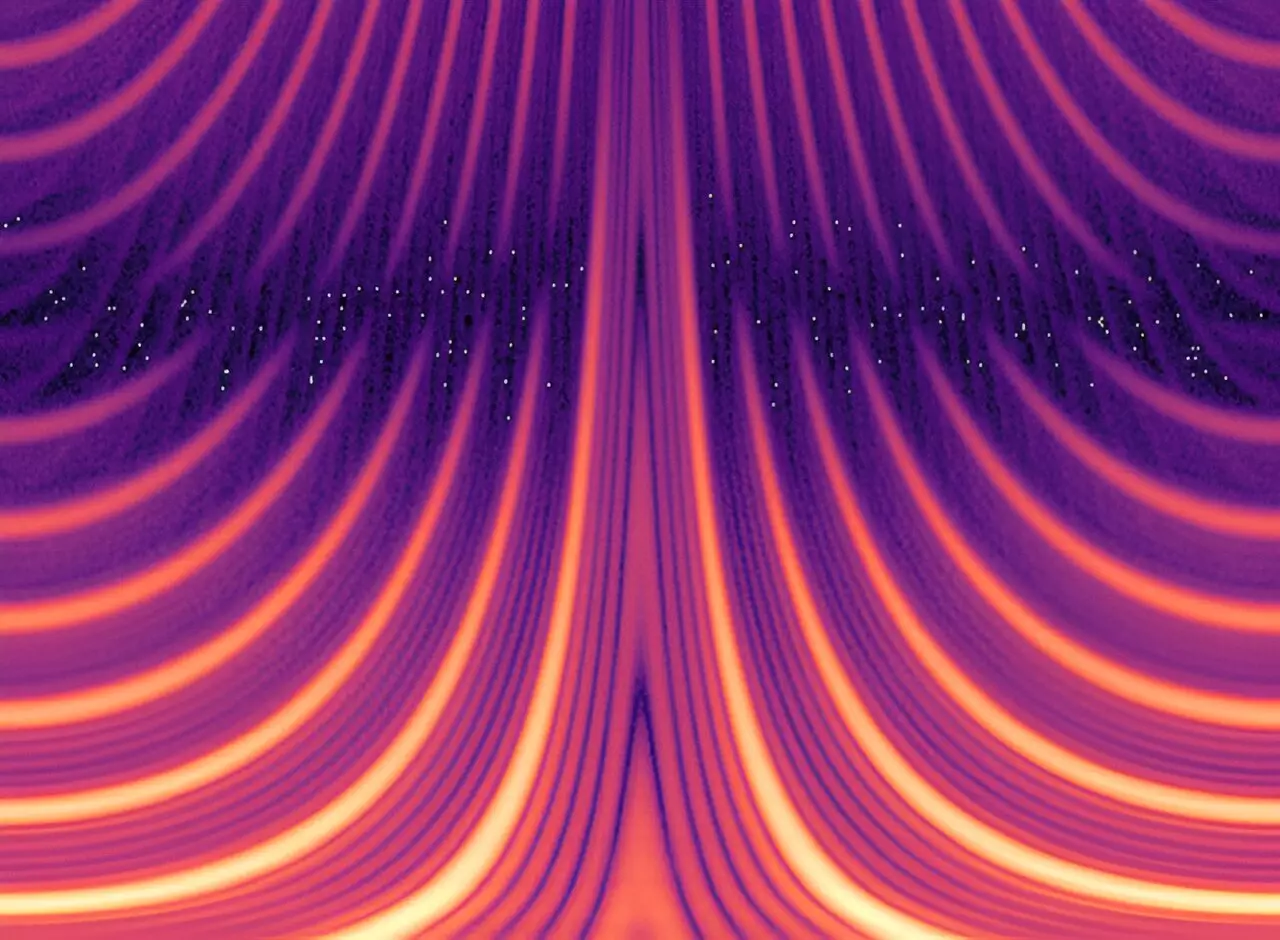Understanding and harnessing the properties of light has become increasingly crucial in both classical and quantum communication technologies. The shift from traditional electronic signals to the use of light brings forth numerous benefits, especially in quantum networking and computing applications. However, manipulating light signals presents unique challenges, particularly when it comes to advanced functionality like storing and retrieving quantum information effectively. Recent research spearheaded by an international team of scientists has unveiled a groundbreaking technique for generating a quantum memory system operating at the single-photon level within the realm of X-ray technology—a pivotal advancement for future quantum applications.
An esteemed group of researchers, including Dr. Olga Kocharovskaya from Texas A&M University’s Department of Physics and Astronomy, has successfully demonstrated the storage and controlled release of X-ray pulses. This groundbreaking achievement represents the first instance of quantum memory implemented in the hard X-ray spectrum, as documented in a publication in the journal *Science Advances*. The research was conducted under the guidance of Professor Dr. Ralf Röhlberger from the Helmholtz Institute Jena, leveraging advanced synchrotron sources such as PETRA III in Germany and the European Synchrotron Radiation Facility in France.
Quantum memory is widely recognized as a critical building block for quantum networks, primarily because it facilitates the storage and retrieval of quantum bits of information encoded in photons. Dr. Kocharovskaya elaborates on the complexity of holding photons stationary, which is often essential for subsequent retrieval of information. To address this challenge, her research posits the use of a quasi-stationary medium—effectively encoding the information into a wave-like structure that possesses long coherence times before being re-emitted as the original photons.
Traditional quantum memory protocols have focused almost exclusively on optical photons and atomic ensembles. However, the endeavor to utilize nuclear ensembles offers significant advantages, including extended memory durations that can be achieved at higher solid-state densities and room temperatures. This extension is largely attributable to the diminished susceptibility of nuclear transitions to external field perturbations, primarily owing to the compact size of atomic nuclei.
In leading this innovative approach, Dr. Xiwen Zhang, a postdoctoral researcher in Kocharovskaya’s group, highlights the challenges encountered when attempting to transition optical protocols to the nuclear domain. The research team proposed a novel approach utilizing moving nuclear absorbers to create a frequency comb in the absorption spectrum. They ingeniously exploited the Doppler effect that arises from the absorbers’ motion, thereby allowing a short pulse to be absorbed and subsequently re-emitted with a temporal delay linked to the inverse Doppler shift.
Technical Insights and Future Implications
In the current experiment, the configuration involved one stationary absorber along with six synchronously moving elements to fashion a seven-teeth frequency comb. The principle is simple yet effective, demonstrating how moving nuclear absorbers can lead to coherent re-emission of the absorbed light pulse, which is sustained at a single-photon level. This innovation establishes a new frontier in X-ray quantum memory, paving the way for more sophisticated quantum information processing applications.
The ability to enhance memory durations relies heavily on the coherence lifetime of the nuclear states involved. Zhang notes that the selection of nuclear isotopes with prolonged lifetimes could further extend memory durations, thereby enriching the potential applications of this technology. The emergence of X-ray quantum memory holds promise for on-demand photon wave packet release and may ultimately lead to creating entangled states between disparate hard X-ray photons—an essential factor in quantum information technology.
The Path Ahead for Quantum Optics at X-ray Energies
The findings from this study amplify the potential for integrating optical quantum technologies into the X-ray spectrum, a transition that is inherently advantageous due to reduced noise interference across multi-oscillation frequency ranges. Dr. Kocharovskaya expresses enthusiasm about the numerous challenges and opportunities that await as her team plans to delve deeper into this versatile and robust experimental platform.
The advancements made in X-ray quantum memory not only signify a remarkable achievement in the field of quantum optics but also herald the advent of new technological innovation that could reshape the landscape of communication and information processing in the quantum realm. As research progresses, the implications for both fundamental science and practical applications are profound, promising to revolutionize how we harness the complexities of quantum phenomena in the years to come.


Leave a Reply